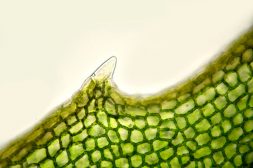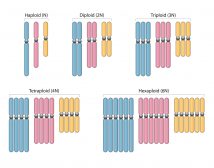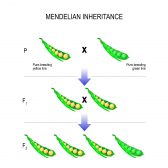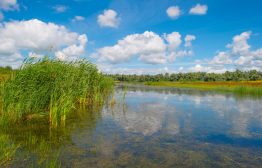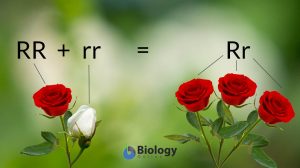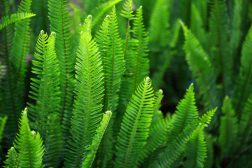Definition
noun
An agglutination reaction in which the antigen is found naturally on particle
Supplement
Agglutination pertains to the clumping together of antibodies with antigen-presenting cells, such as red blood cells and microorganisms. Agglutination is used for medical diagnostic tests, particularly for identifying bacterial antigens and therefore the identity of the bacteria as well. It is also the underlying principle of hemagglutination (the clumping of red blood cells together). Agglutination is a two-step process: it starts with sensitization and then to lattice formation.
There are two forms of agglutination. They are the active agglutination and the passive agglutination. With active agglutination, the antigen occurs naturally on particle. With passive agglutination, the antigen must first be bound to an inert particle to detect an antibody.
Examples of active agglutination include the blood grouping, the bacterial serotyping, such as Salmonella, test serum against bacteria that are difficult to grow in culture, such as ”Tularemia, Rickettsial diseases, typhoid fever, and hemagglutination kits for measles antibody detection1
Compare:
Synonym(s):
See also:
- biological technique
- agglutination reaction
- antigen
- antiserum
- sorption
- spontaneous aggtination
- immune agglutination
- group agglutination
Related term(s):
Reference(s):
1 Terry Kotria. 2.Basic Immunology Procedure. Austin Community College. October 2010. www.austincc.edu/kotrla/SerLec2.pdf link

